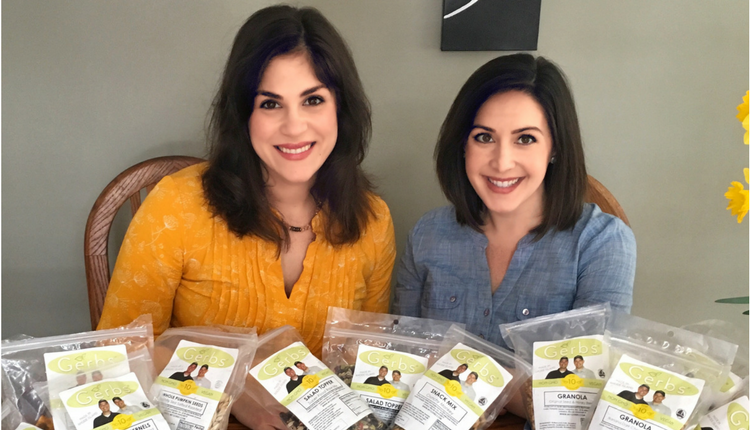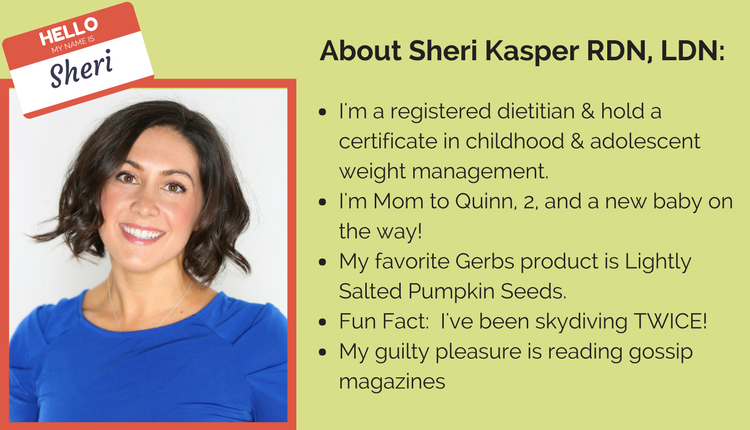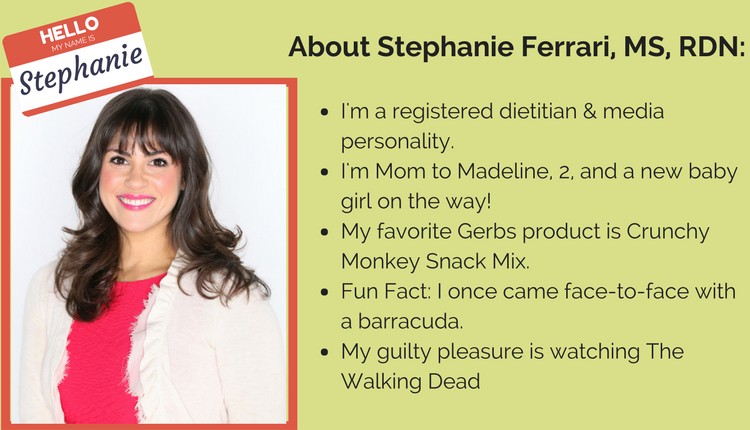Did you know that the Gerbs now offers gluten-free all-purpose flour? This incredible flour blend is perfect for everything from pancakes to brownies and as always, a high-quality, allergy-friendly product. If you’re one of the estimated three million Americans eating (and living!) gluten-free, you know avoiding wheat can be difficult and frustrating. It shows up everywhere, from sandwich bread to soy sauce and salad dressing! Baking, which relies more on chemistry and precision than other forms of cooking, can be especially disappointing if you don’t consider the role gluten plays in traditional recipes.
Gluten is a protein network that gives the right texture to bread, muffins, and cookies. Bakers use this structure differently, depending on their end goal. Bread flour, for example, is high in protein for that chewy, artisanal feel, while cake flour is low in protein for tenderness. But if you’re gluten-free, all that goes out the window! It can be difficult to navigate gluten-free baking, but understanding its science helps you pinpoint exactly why your cookies spread or your pie dough crumbles. Fortunately, the Gerbs Nutrition Moms are working with an intern, Chloe, who is gluten-free and LOVES to bake. So naturally, we asked her to help breakdown the science behind gluten-free baking. Here’s Chloe’s advice!
Cut back on butter and oil.
Gluten-free flours don’t absorb fat as well as wheat flour, so cut out a few tablespoons of butter or oil. This will help you avoid the greasiness that often plagues gluten-free concoctions, and will also prevent pie crust from losing its shape and cookies from spreading out into puddles on their sheet.
Use a binder for structure.
A good binder is absolutely essential to keeping the structure of gluten-free goods. There are a few different ones on the market, but the most multi-purpose is xanthan gum. Buying a gluten-free flour that already contains xanthan gum, such as Gerbs’ blend, will save you the high expense of a separate bag.
Increase the leavener.
Dough and batter made from gluten-free flour, which has less protein, don’t hold onto air bubbles as well as those made with traditional recipes. If your gluten-free muffins or breads feel dense, add a smidge more baking powder, baking soda, or yeast.
Add more liquid.
The low protein of gluten-free flour means high starch, which gives baked goods a gritty texture. Add more liquid than you think to hydrate the dough or batter properly, and let the mixture rest for half an hour before baking. To compensate, you’ll also have to leave your creation in the oven longer.
Gluten-free baking takes some practice but thankfully, there are many online resources to help. Here are some websites that we think are worth a visit:
1.) America’s Test Kitchen: this article walks through helpful gluten-free tricks, including measuring gluten-free flours, mixing batters, etc.
2.) Naturally Savvy: 20 Tips and Tricks for Gluten-Free Baking. Self explanatory!
3.) Gluten-Free on a Shoestring: this is a breakdown of some of the biggest mistakes people make when baking without gluten.
HAPPY BAKING! Please share any of your favorite gluten-free baking tips!




